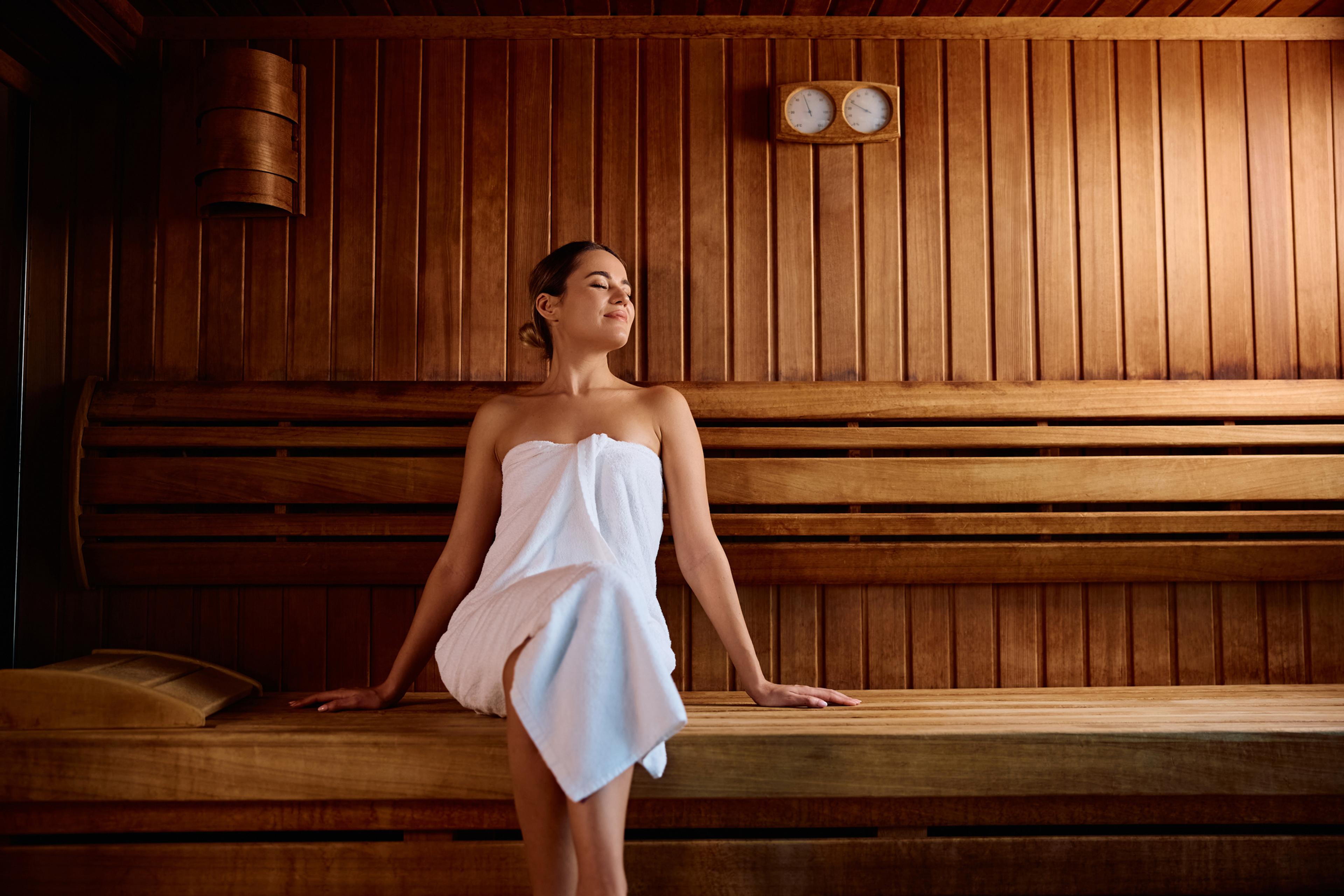How to Get Your Steps in Near Michigan’s Soo Locks
Shandra Martinez
| 4 min read

Michigan’s Soo Locks is not just an engineering marvel, it’s a big tourist destination. More than 500,000 people each year visit this busy spot where everything from huge Great Lakes cargo ships, ocean-going ships, historic tall ships and U.S. Coast Guard vessels motor into the big lock chambers. For ship traffic in the area connecting Lake Superior and Lake Huron, the locks system is how vessels move upbound or downbound in the Great Lakes. If a visit to the Soo Locks is on your list, there is usually lots of driving involved to reach that destination. Make sure you get the lay of the land so you can find fun ways to get your steps in for the day.
The massive Soo Locks system is maintained by the U.S. Army Corps of Engineers. It’s a vital connection point for Great Lakes shipping traffic, as Lake Superior is at a higher elevation than Lake Huron, so ships have to be raised or lowered between the two water-level points to move smoothly one way or the other. That’s where the water-filled lock chambers come into play. The Soo Locks is open to big ships and small boats alike from late March each year until the following January, when it closes for its annual winter maintenance window.
There is a Soo Locks Visitors Center (opening in May) and a park area right near the locks. These are great spots to see the big freighters up close. But if you really want to stretch your legs, head to one of these popular spots nearby to get your steps in for the day. These picks are suggested by the Sault Ste. Marie Convention & Visitors Bureau.
Round Island Point: Head southwest of the Soo to find this big preserve near Lake Superior in Brimley. “In total, this preserve is 1,024 acres. The trail is great for seeing all sorts of wildlife such as birds. There is a 1½ mile inland groomed trail which includes an outlook with some great views. But feel free to explore off the dedicated trails and explore your way to Lake Superior.” If you do the 1.5-mile trail, that’s about 3,300 steps.
Algonquin Trail: This is more of a four-season trail system, offering room to hike but also to cross-country ski in the winter. It’s also pretty close to town. “The Algonquin Trail is a series of loops that add up to about 9 miles. So you can choose to hike a variety of lengths. The main loop is about 1.6 miles and is lit up at night. The Algonquin Trail is better known as a cross country ski trail, so if you’re here in the winter, it is also a great option.” If you walk the main loop, it’s about 3,600 steps. If you walk the series of loops adding up to the 9-mile total, then you’ve walked about 20,000 steps.
Ashmun Creek Nature Trail: “This trail is about 2 miles in length and located right in town. This trail is also a great option for hikers of any skill set. It is open year-round and is great for snowshoeing.” If you walk the entire trail, you’ll be getting about 4,400 steps. Anyone using it in the winter to walk or snowshoe should use caution because the area is also part of the local snowmobile trail system.
Tahquamenon Falls State Park. If you’ve got an extra hour and 15 minutes, drive west to Paradise where you’ll find Tahquamenon Falls State Park, one of the prettiest parks in Michigan and home to its largest waterfall. It’s actually two waterfall areas – the thundering Upper Falls and the gentler Lower Falls area with its series of small waterfalls. There are lots of walking options here, as the park is home to more than 35 miles of trails. One of the most scenic trails in the park is the linear River Trail, a 4-mile corridor that hugs the river between the Upper and Lower Falls areas. It’s hilly, so make sure you’re in good shape for this trail, which will net you about 9,000 steps for a one-way trip.
Related:
Photo credit: Getty Images





